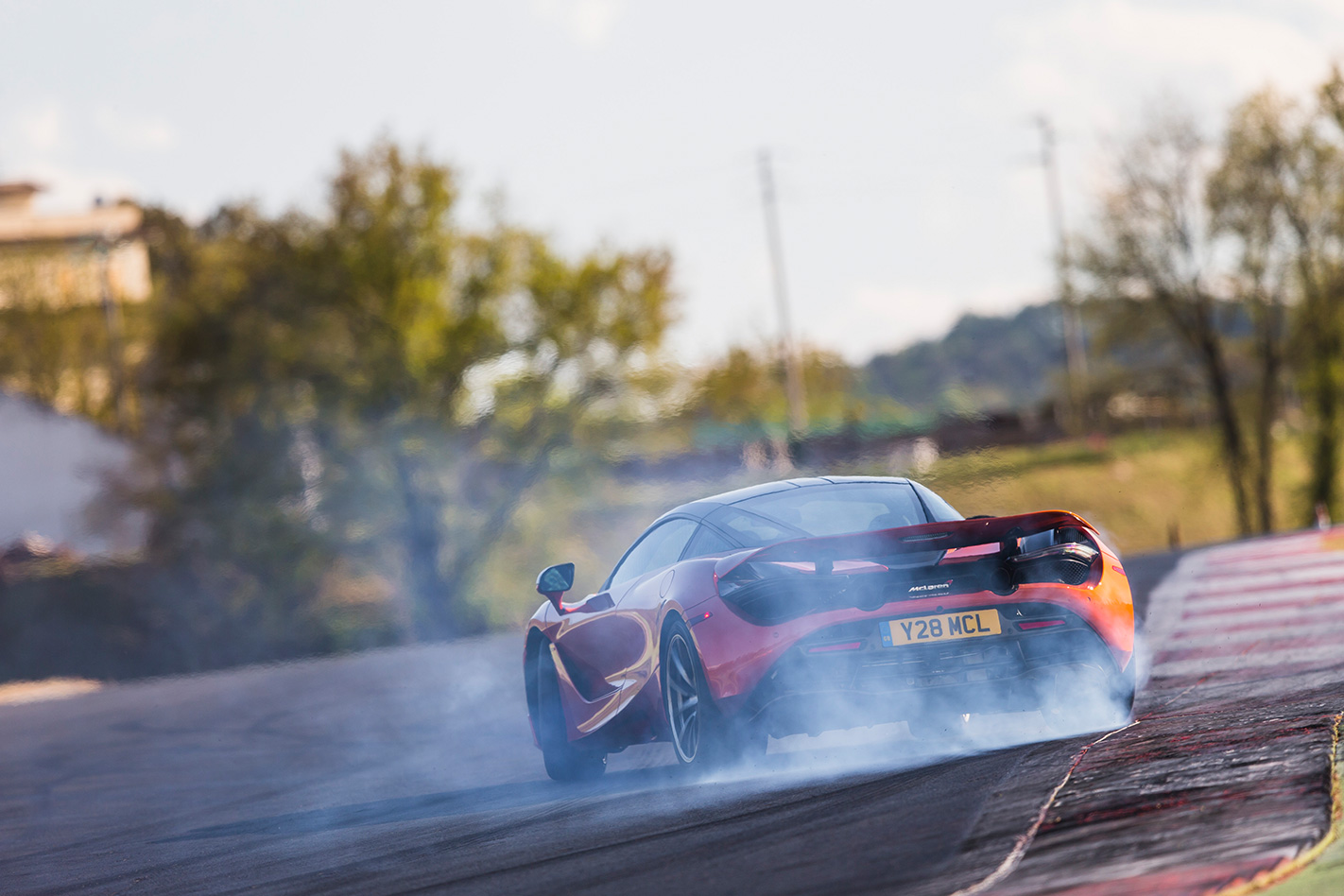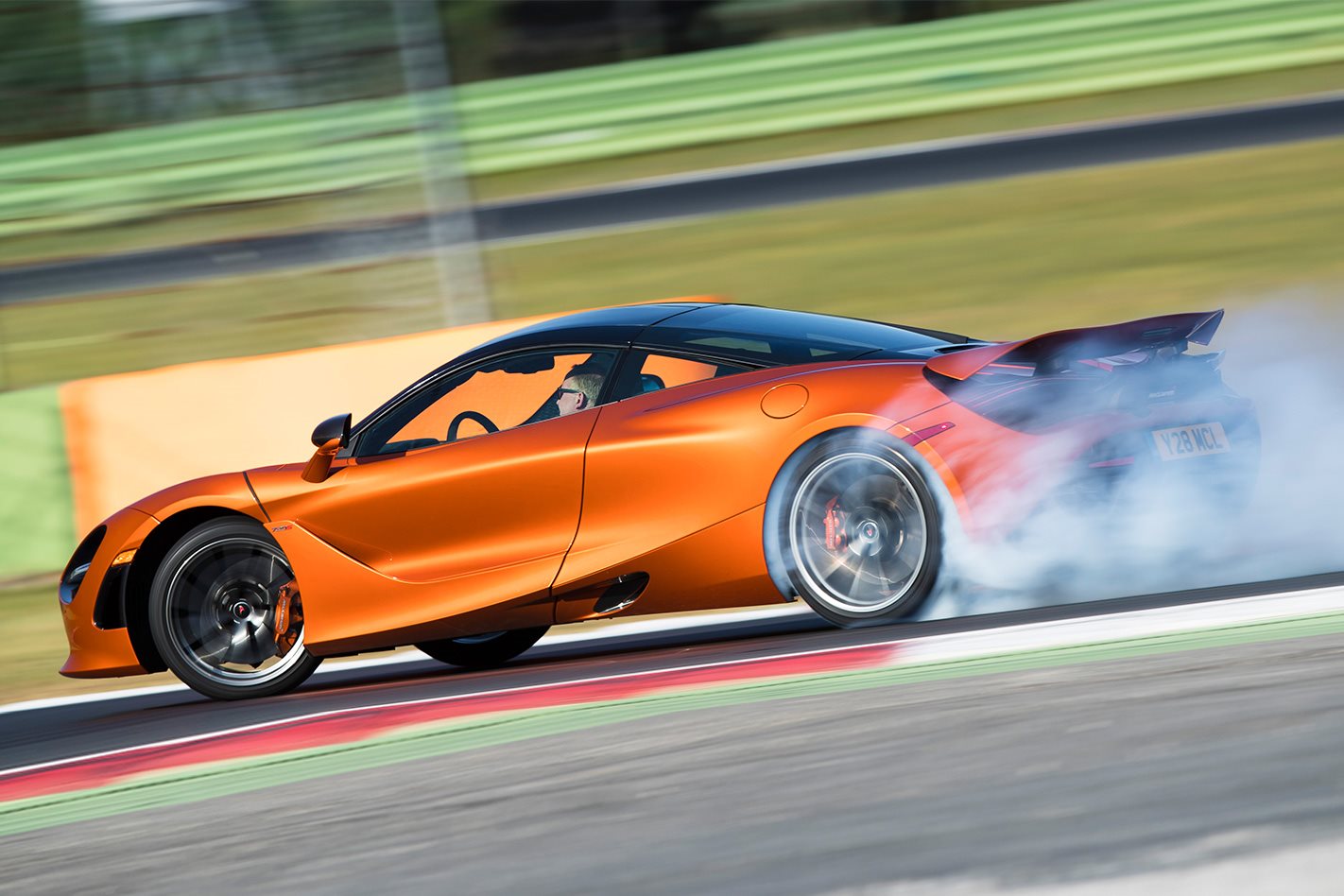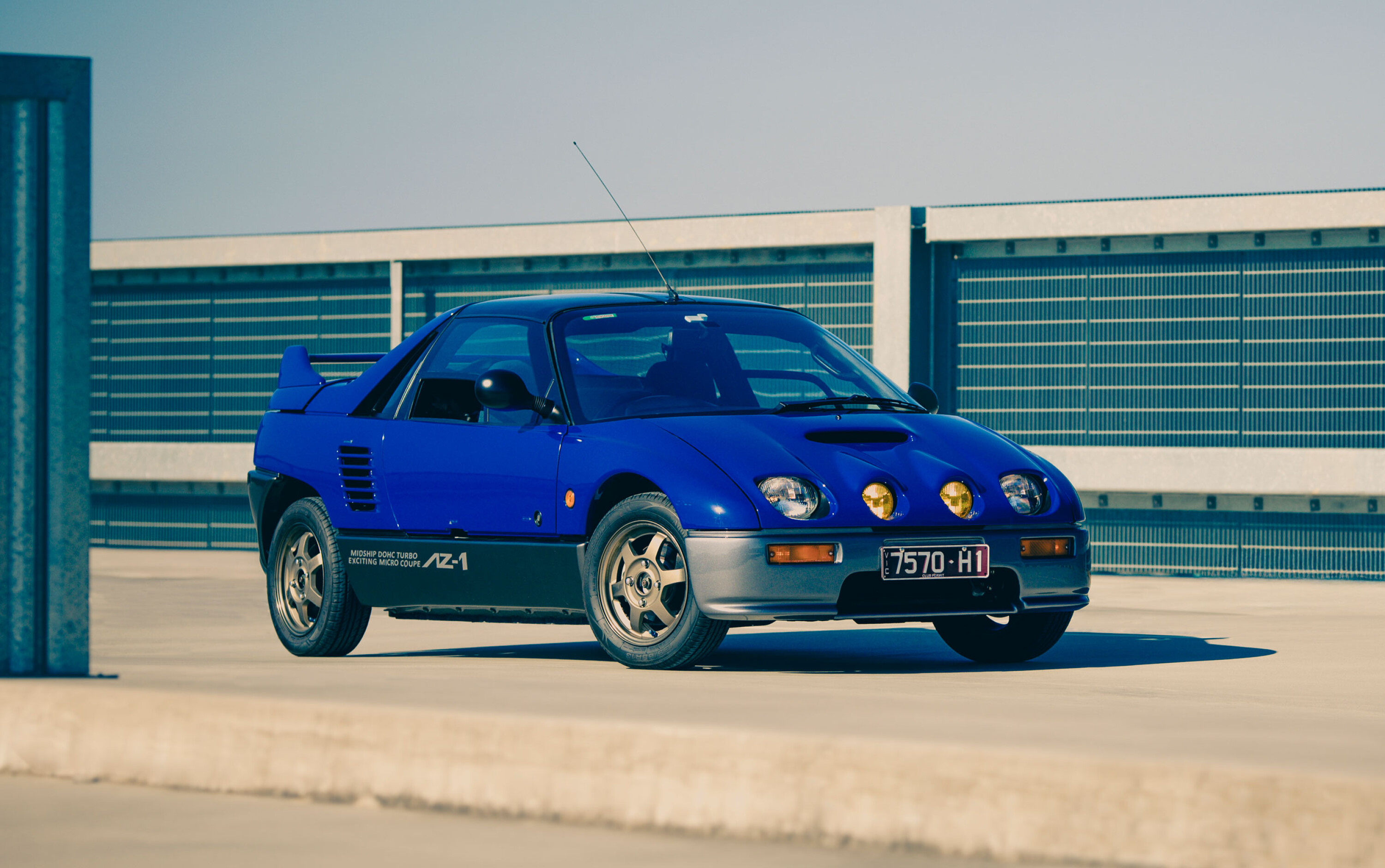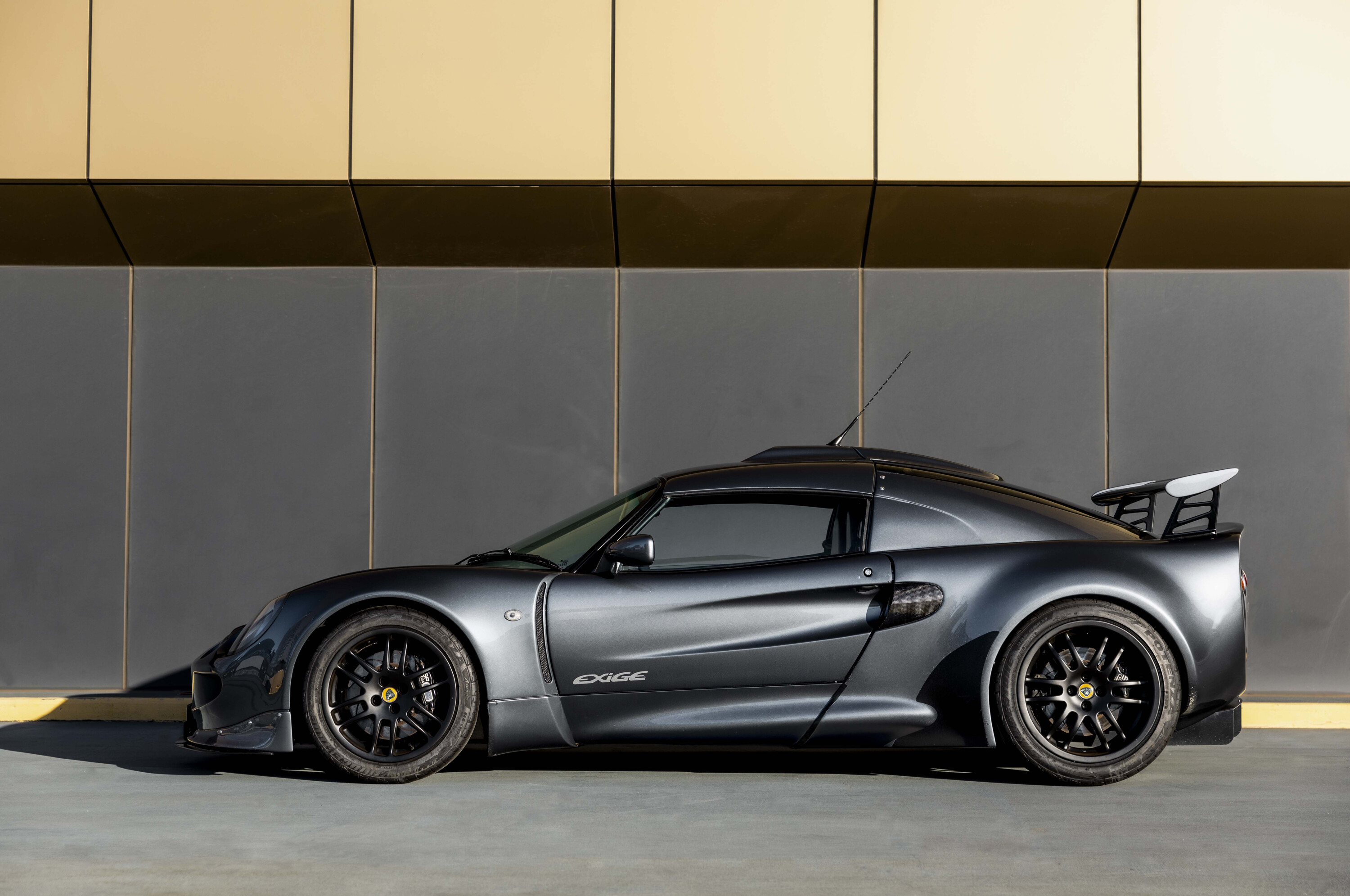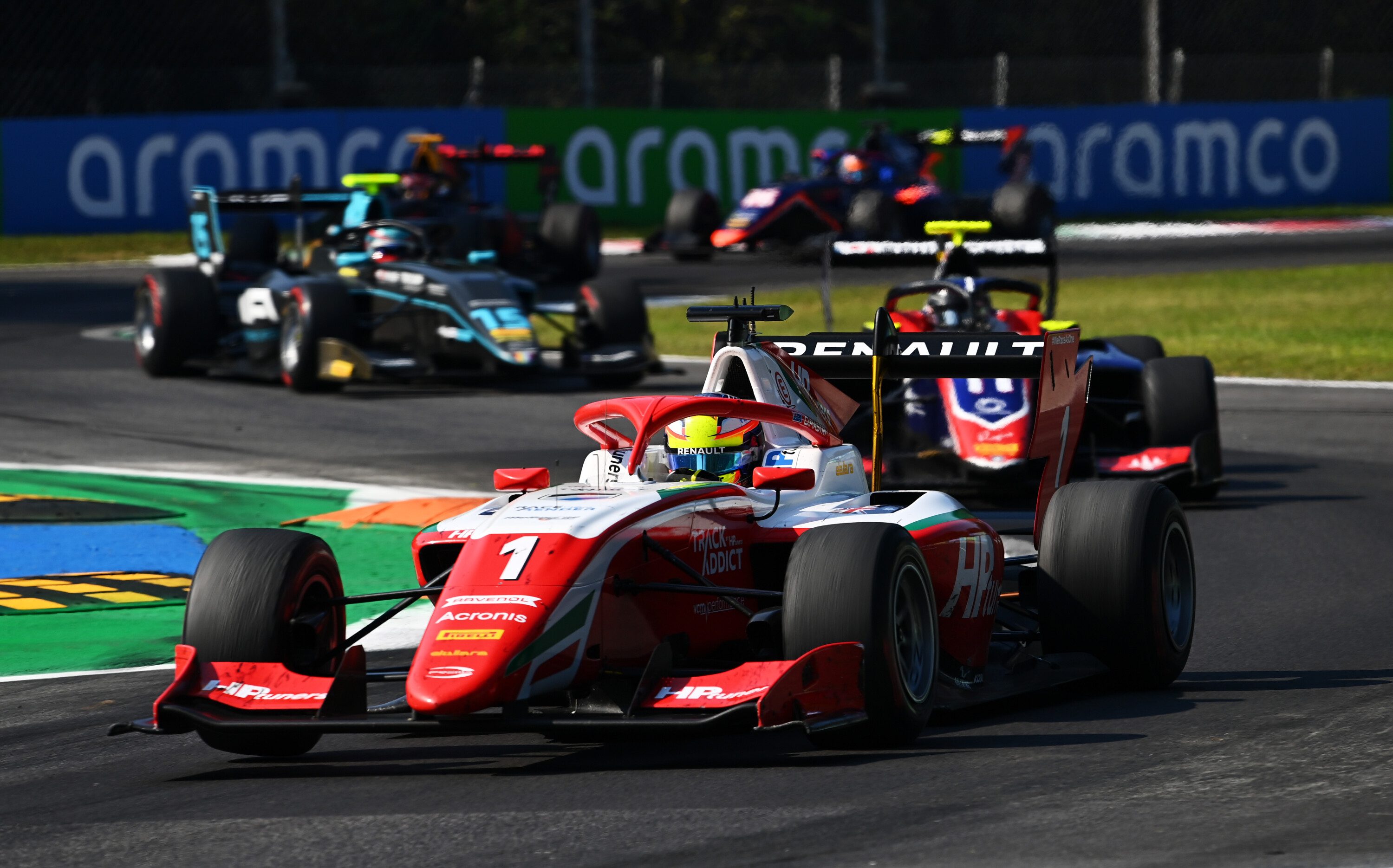PEOPLE don’t tend to buy supercars on purely rational grounds, which has long been McLaren’s biggest problem.
First published in the June 2017 edition of Wheels Magazine, Australia’s most experienced and most trusted car magazine since 1953.
While the original MP4-12C and 650S – which was basically a heavy facelift – both led their segment on power-to-weight ratios, they struggled to deliver the sort of emotional appeal that persuades people to drop condo-in-Bali sums on something with four wheels and no jet engine.
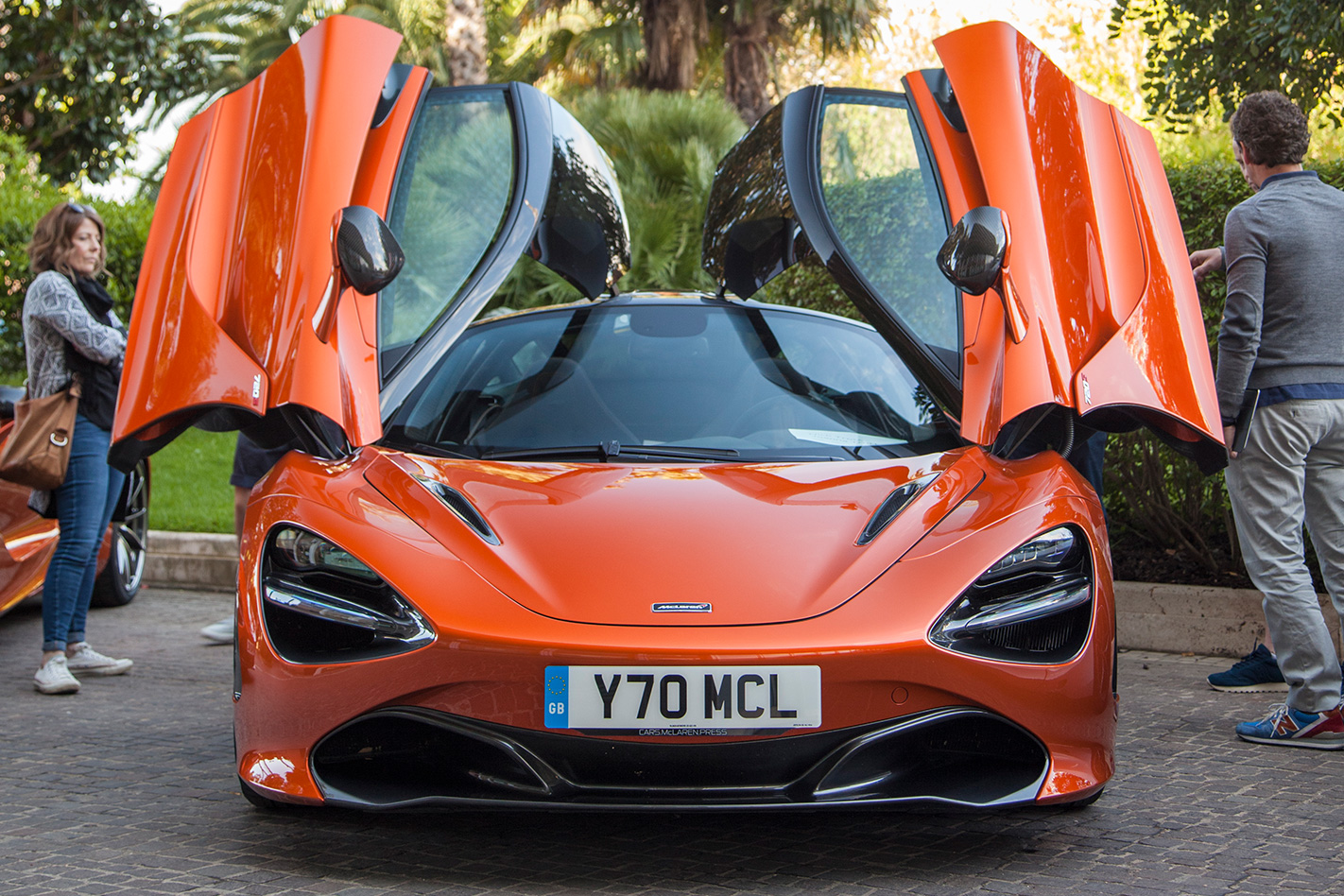
The fundamentals remain as before: McLaren’s entire road-car program has been built around using a shared architecture to cover everything from the 911-rivalling Sports Series to its million-plus Ultimate Series hypercars. That means the 720S sticks with the combination of a carbon tub and a mid-mounted twin-turbo V8. But pretty much everything has been revised.
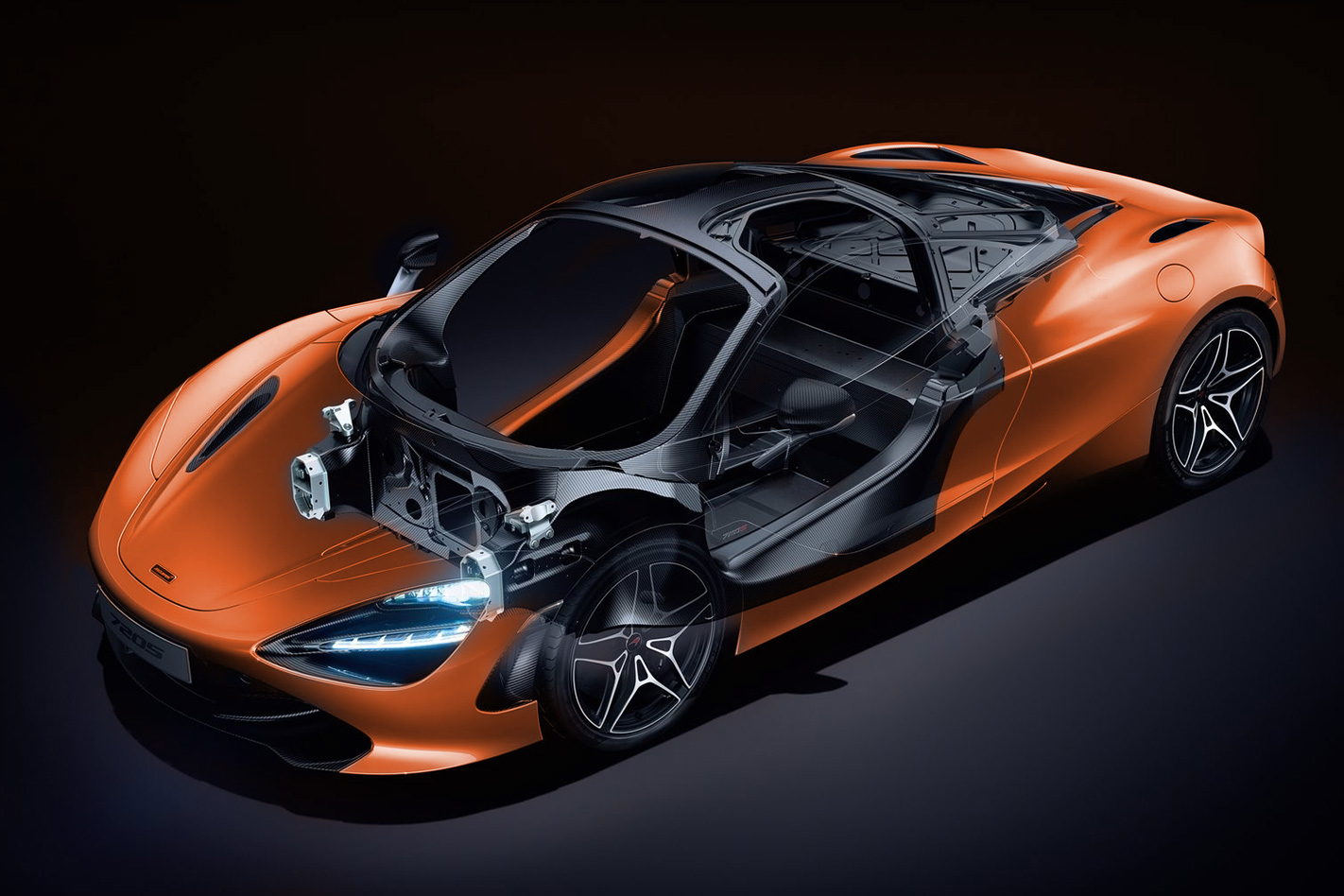
The engine sticks with the evolutionary theme, being a development of the 650S’s V8. Capacity has increased to 4.0-litres and there are new turbos, pistons and crankshaft, plus redesigned cylinder heads. Power rises to 530kW, outgunning the not-exactly-slow Ferrari 488GTB by 38kW.
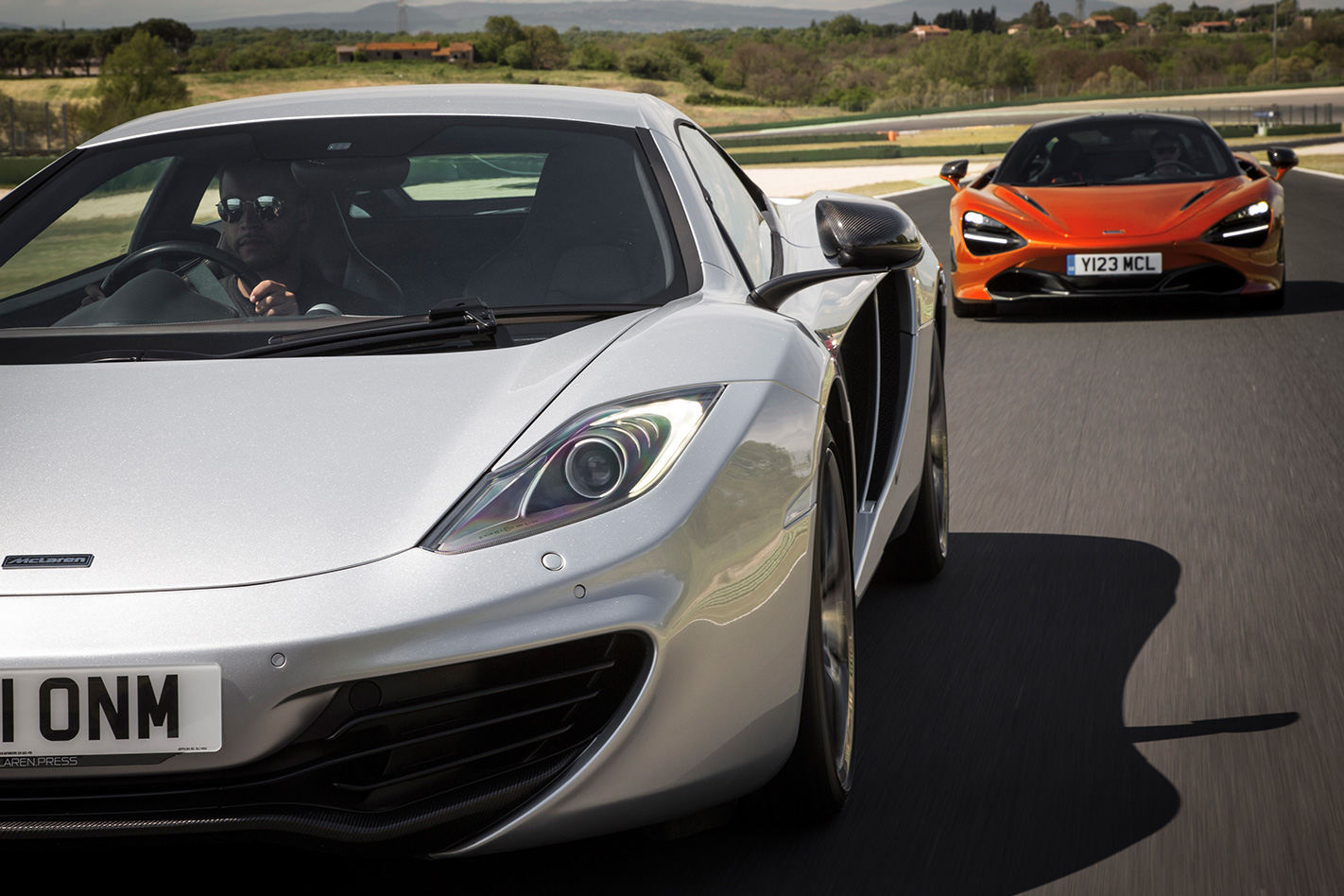
The 720S has lost the side air intake of its predecessors, and indeed of pretty much every other mid-engined car, with air channelled to the engine and radiators through an artfully disguised channel next to the rear windows. It looks great; especially from the rear where – with the deployable wing raised – it does a good impression of McLaren’s P1 hypercar. The headlight apertures incorporate well-hidden air ducts as well as lighting elements, but in lighter paint colours their size and darkness gives the 720S a dead-eyed look, slightly reminiscent of the fish counter.
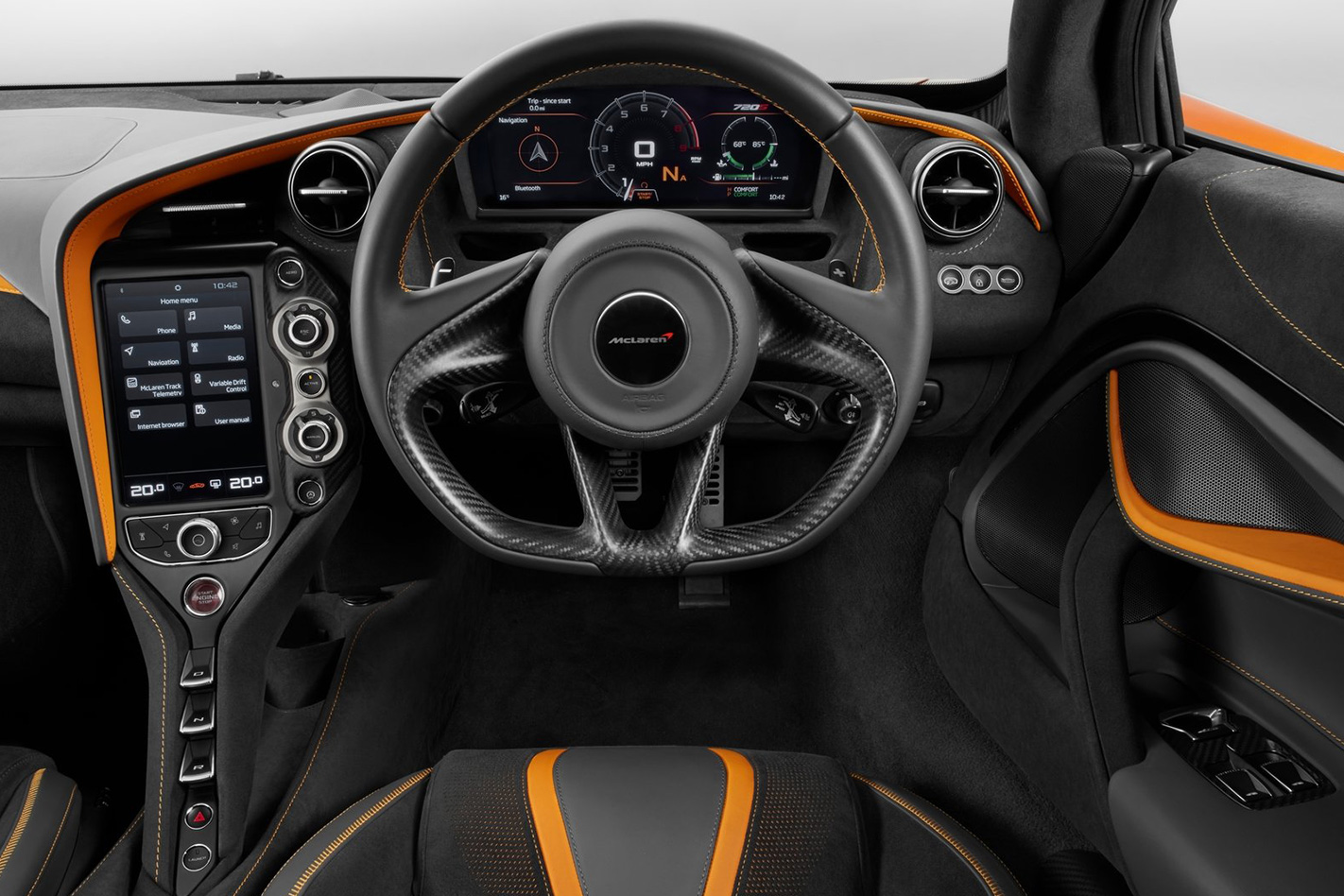
Switchgear has been rationalised, with most functions – including HVAC – now incorporated into the portrait-style touchscreen in the middle of the cabin. Sadly, this lacks sensitivity and feels surprisingly laggy – but that could just have been down to my sweaty fingers. There is a bit of theatre in the form of the power-tilting digital instrument display, which folds down to reveal a minimal revs-and-speed readout when the car is put into Track mode.
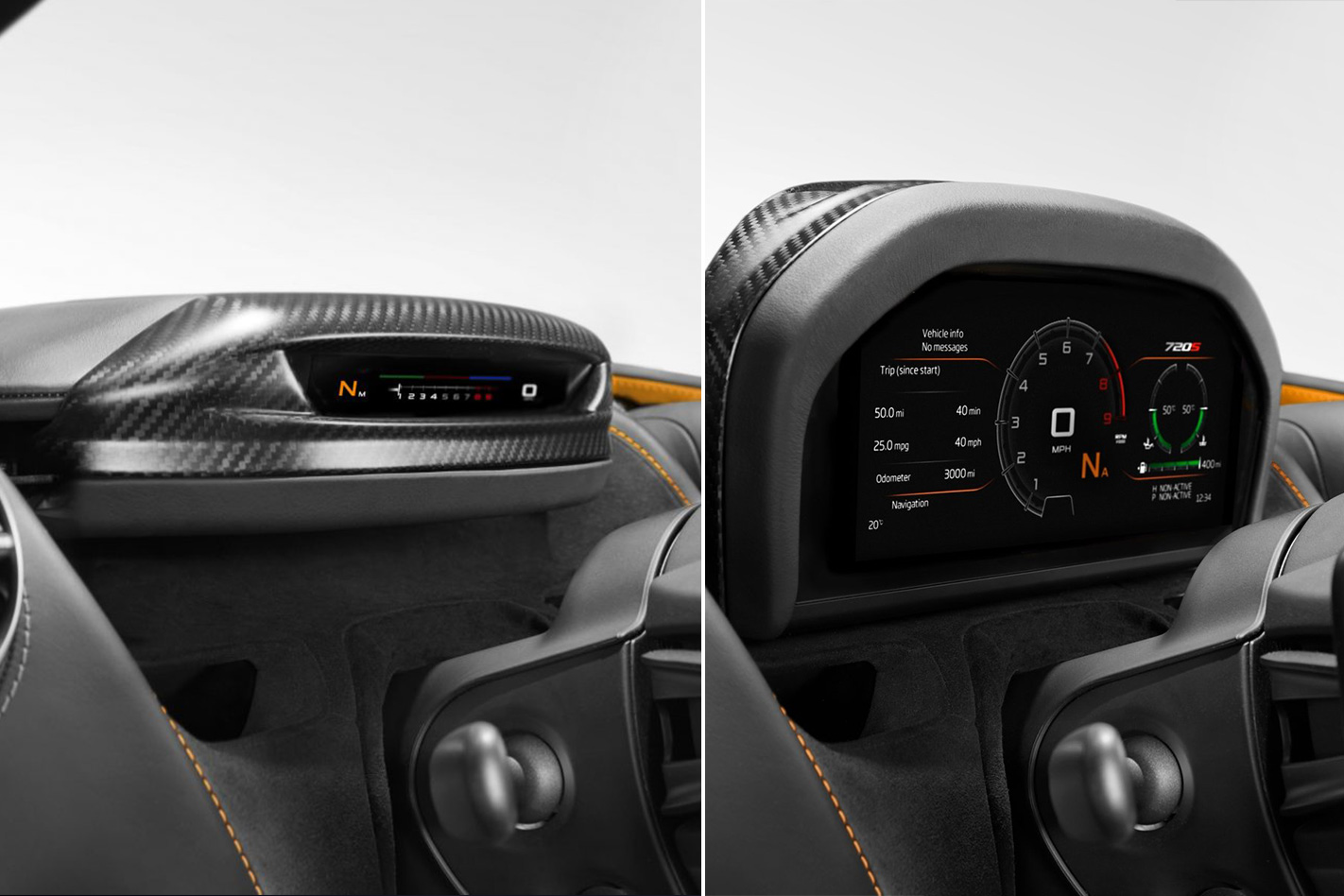
First impressions come close to underwhelming. Both of the dynamic mode switches – one for Powertrain and one for Handling – now have Comfort mode far-left in place of the previous Normal, and with this engaged the 720S becomes almost too civilised – the ride is exceptionally pliant, even on the lowest quality tarmac of the Italian launch route I could find, the dual-clutch gearbox does a good impression of a slusher auto and the engine delivers solid urge without raising its voice. It feels a bit too effortless for something so supposedly potent.
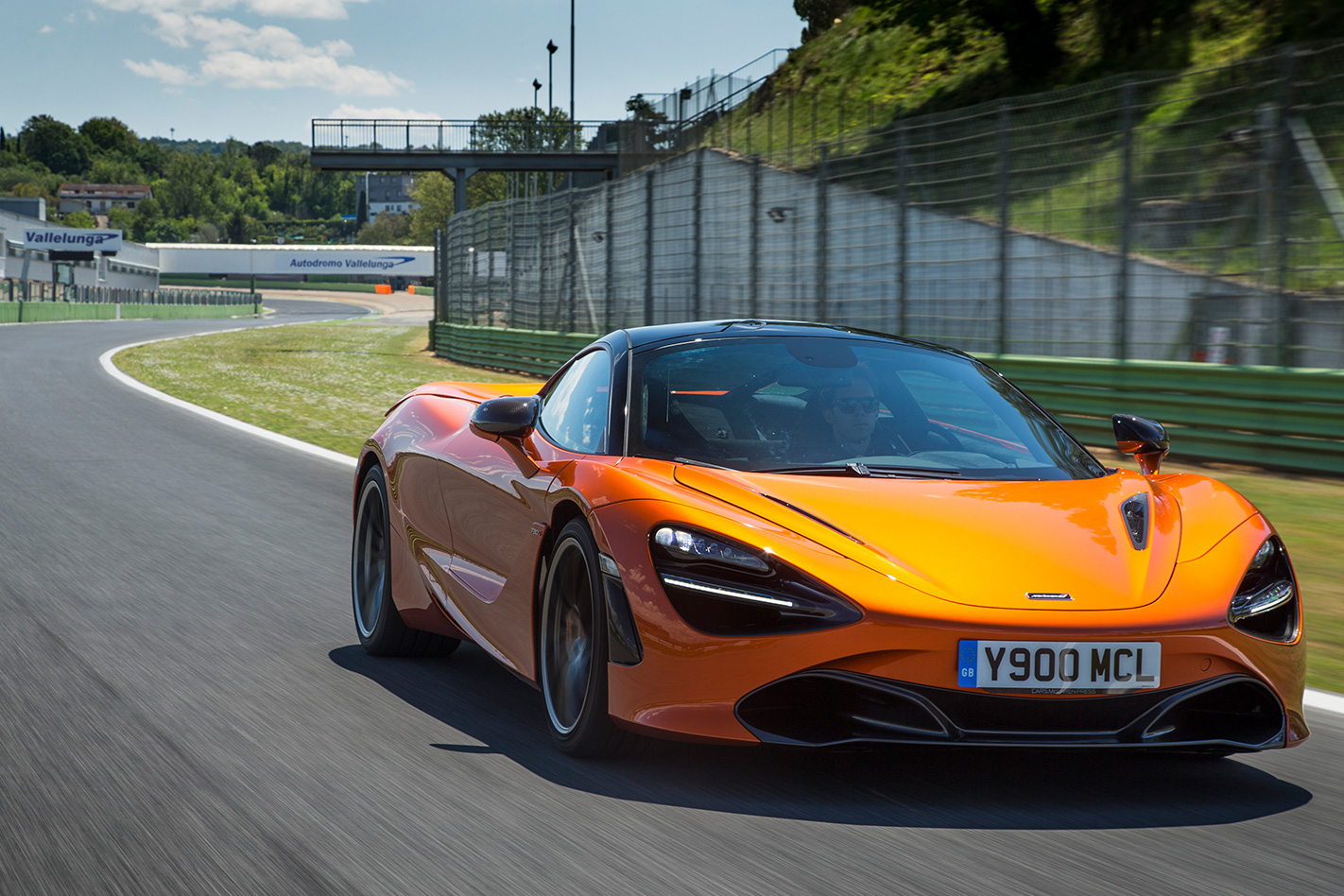
The steering is superb. McLaren has stuck with hydraulic assistance and the wheel retains much of the low-speed chatter that electric systems filter out as unwanted noise, while weighting up nicely when required to deliver real grip-or-slip feel. While the toweringly high limits will rarely be encountered on the road, the Macca still delivers plenty of sensation when being given a moderate dose of whip.
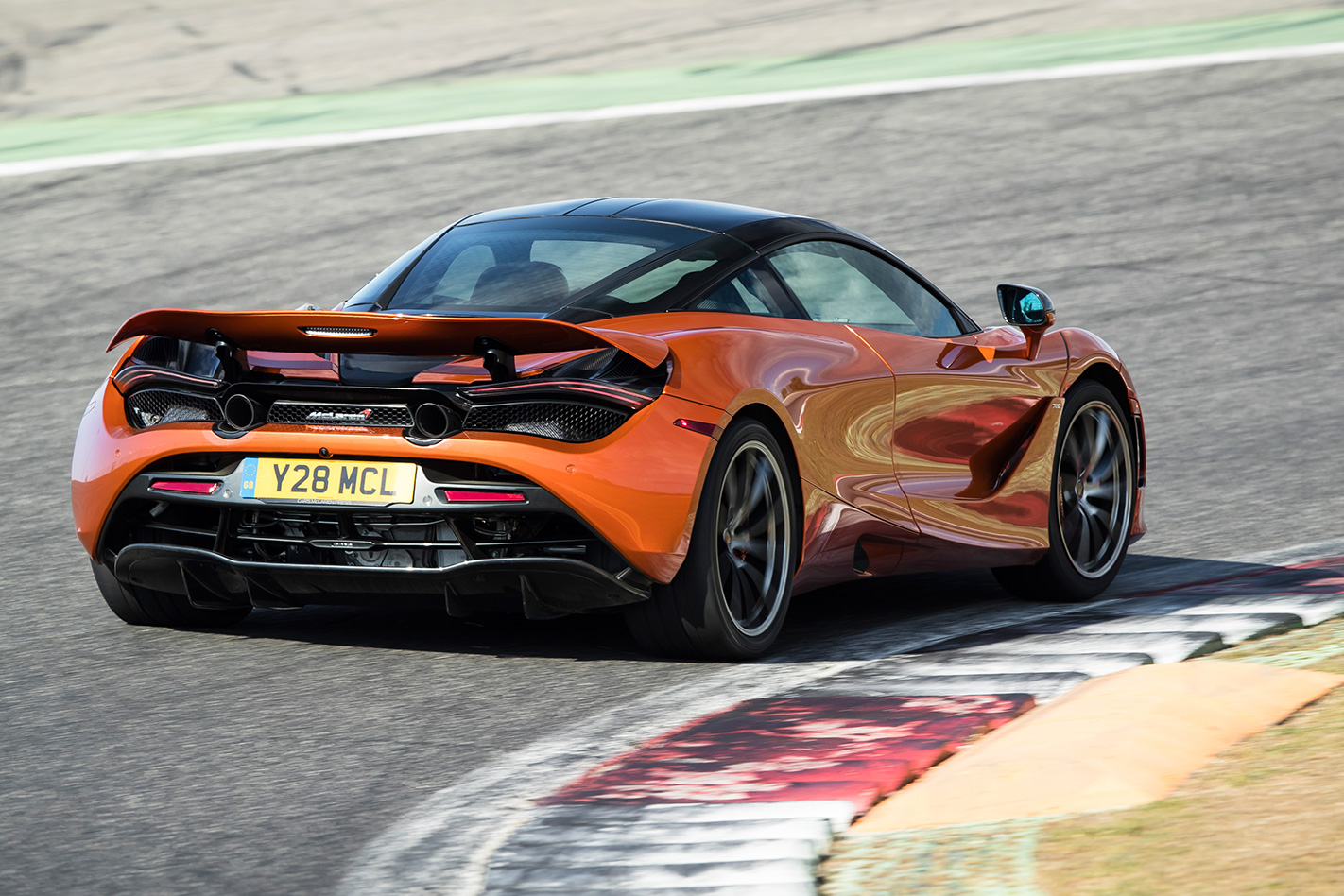
It can’t match the hair-trigger response of the 675LT, which was pretty much a road-legal racer, but it does feel much more stable under braking and less skittish under power, lapping at huge speed while barely breaking a sweat. It can generate smoke for the cameras on demand – there’s even a drift mode for the not-so-handy – but its greatest skill is just going enormously quickly.
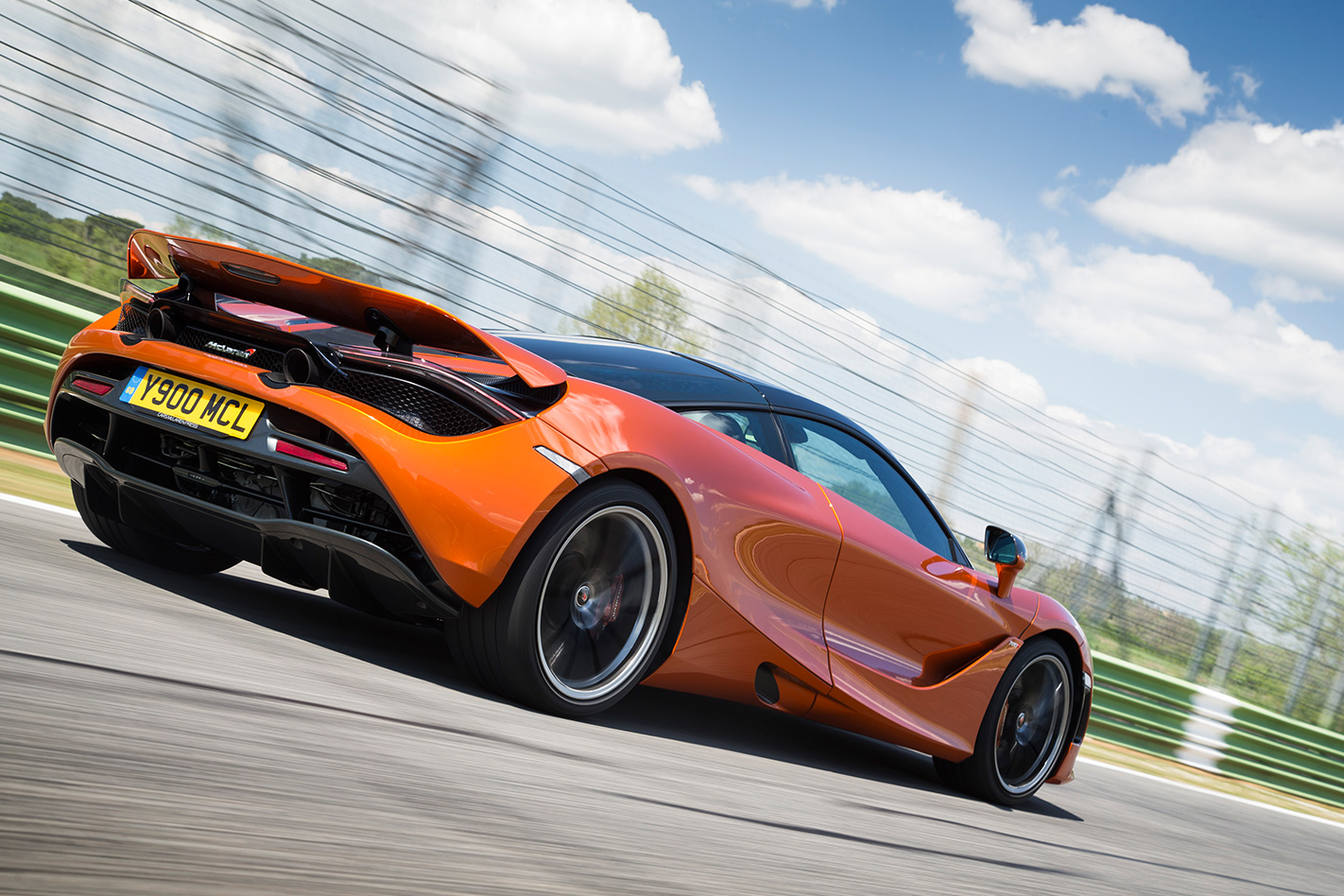
That fact alone sums up the astonishing rate of progress Woking is making.
But is this the car that you lust after above and beyond any of its rivals? The 720S has certainly earned its spot on any lottery wish list it finds itself on. It’s more involving, more exciting and better looking than the 650S, a technical tour de force that offers an unprecedented spread of skills.
It might not excite quite the level of emotional passion of its Italian rivals, but there’s little doubt it will spank them on track in a fair fight.
